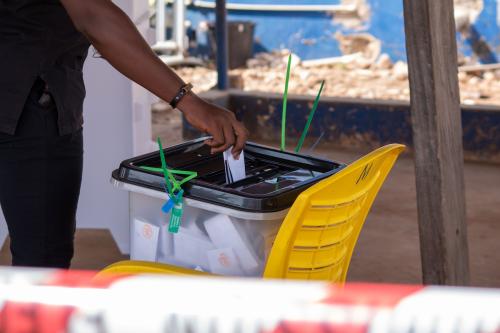The June national accounts paint a cautionary picture of the Australian economy. Real GDP growth for the last financial year was 3.1 per cent. This appears strong but the latest quarter GDP growth is 0.5 per cent, which shows a slowing of real growth relative to the past year with a mixed picture of strong inventories and weak net exports.
July export figures just released show that exports will likely add to growth in the September quarter. It is to be expected that strong mining exports (albeit at lower prices) will continue to generate GDP growth.
Inventories are highly volatile and it is difficult to draw a strong conclusion on a quarterly figure. Overall the data suggests that on the production side of the economy, the Reserve Bank appears to have engineered a relatively smooth adjustment to the end of the mining investment boom.
The more important concern is the outcome for real income growth. Per capita income growth has stalled over the year. This has direct implications for the budget with revenue importantly affected by weak nominal GDP growth. Second, with a stalling in income growth real demand may slow in coming quarters, which will impact on GDP growth over time.
This does not show yet and with continuing robust retail sales the adjustment if it comes will be later in the year, but it does raise the need for a broad-ranging policy to respond to the deterioration in the terms of trade which is now showing clearly in the incomes data. Some argue that a doom and gloom scenario is inevitable and call on the Reserve Bank to bring down the value of the Australian dollar. This is misguided since it implies even lower interest rates, causing even greater distortions in the domestic economy that would likely end in a significant misallocation of capital and asset price bubbles.
Global shocks
Under current conditions, the exchange rate would normally depreciate in response to the terms of trade shock and act as automatic stabiliser for the economy. The problem is that the currency depends on what is happening in Australia relative to the rest of the world. Australia is facing global shocks and the policy response needs to be carefully designed given the current circumstances. One important shock is the extremely loose monetary policies in major economies.
Japan is likely to be continuing its quantitative easing policy (QE) for some time. The ECB has just announced even looser monetary policy with substantial asset purchases. Both of these policies will drive up the $A relative to the euro and the yen. While the US Fed will likely raise interest rates within the next six months, pushing some downward pressure on the $A exchange rate, there is a still a large amount of foreign capital looking for a home in economies such as Australia.
The adjustment that would be helpful under the current deterioration in the terms of trade is a depreciation of the real exchange rate. The real exchange rate is the nominal exchange rate adjusted by foreign prices relative to domestic prices. Since the floating of the exchange rate in 1983, the nominal exchange rate did a large part of the adjustment to shocks so policymakers and politicians didn’t have to do much to achieve a reasonable economic outcome.
This time it is different because of the nature of current shocks in the global economy and the size of the adjustment that is required. Policymakers and the Australian Parliament are going to have to be very focused on the national interest to deal with the current policy dilemma.
Populism is bad economics
Given Australian policy can do little to affect world prices, the answer lies in engineering a real depreciation by reducing domestic prices. Prices can fall by raising productivity and by reducing the other costs of producing goods and services such as wages, regulatory costs, energy costs and capital costs. Risk adjusted capital costs in particular are raised by uncertainty.
The current Senate blockage of key legislation weighs on producer and consumer confidence which makes firms reluctant to undertake new projects.
The world is clearly an important source of uncertainty that the government can do little about, but uncertainty generated by the state of the current Parliament is in the hands of the current Parliament. Populism and negativity might be good politics but it is very bad economics, particularly in the current environment.
Productivity growth is difficult for governments to engineer. One clear source is through well-targeted infrastructure investment that has been through a rigorous cost-benefit analysis.
However, most productivity gains come from a large number of small actions throughout the economy. An example is the car-sharing service, Uber, which allows the existing stock of motor vehicles to be used more intensively, which is productivity boosting.
Governments at all levels need to act to encourage these new innovations – not by subsidies and picking winners but by not blocking their widespread use. The problem is that at a time of falling incomes, every impacted vested interest will be pleading for support and every politician without the national interest in mind will spot a political advantage in making the wrong choice.



Commentary
Op-edCut the Real Exchange Rate Through Reform
September 8, 2014